2022 Maruti Suzuki Grand Vitara Long Term Reports
In 2022, hybrid technology got democratised, thanks to the arrival of the Honda City e:HEV and Maruti Suzuki Grand Vitara. While we’ve already tested both these cars extensively, we’ll now be living with one for months, as the latter has joined our long-term fleet.
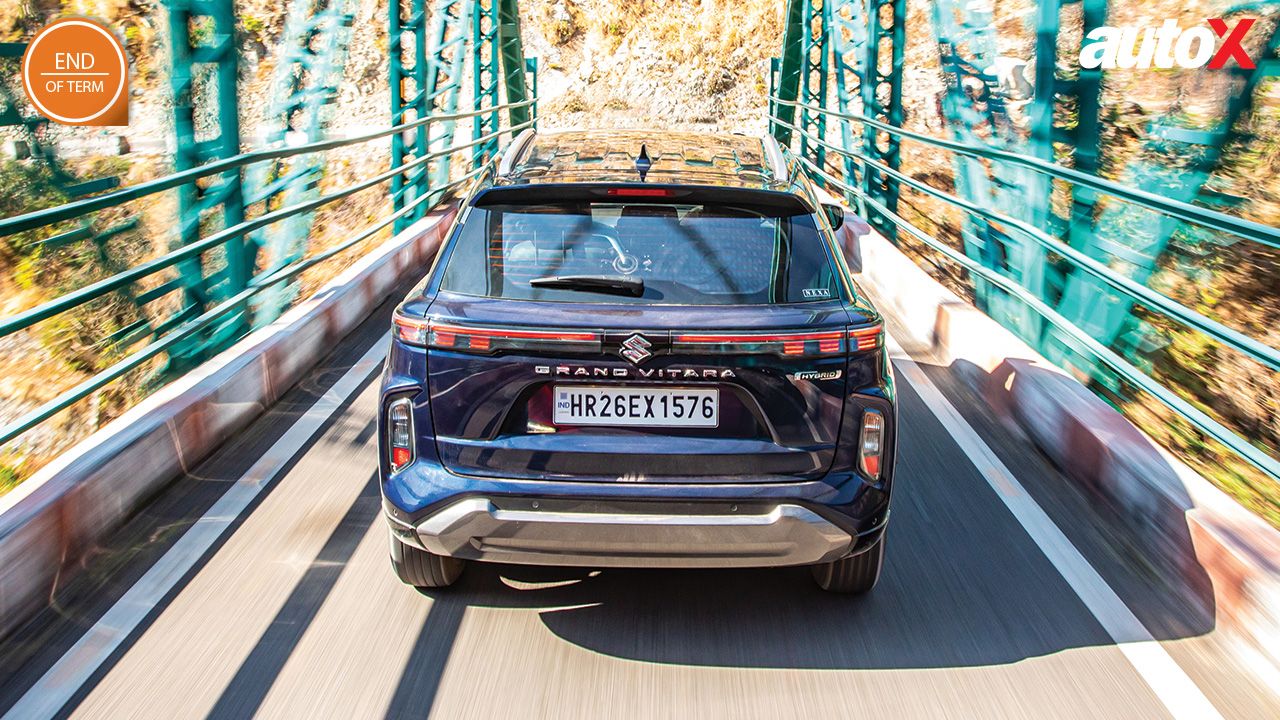
It’s been a good few months with the Grand Vitara for me, but as always, the car ultimately has to be returned to the manufacturer. While it was here, I managed to clock over 10,000kms in the GV and one of the biggest things about it was the remarkable fuel efficiency. I’m naturally not an aggressive driver and with my commute mainly limited to urban areas, the GV was spectacular in returning terrific fuel efficiency and keeping running costs low. At an average fuel efficiency of around 23-24km/l my running cost was around Rs. 4 per km, which is simply superb. It also means that with its 50-liter fuel tank, you can cover over a 1,000kms on a single tank of fuel – which I didn’t try to do, to be honest, but it is possible.
However, there were a couple of compromises that existed. One was the reduced boot space due to the Hybrid system which hurts the practicality of the GV, especially on long trips. Two, due to the light fabric of the sunroof shade, the cabin remained hotter than most other cars, especially when parked in the sun. Sure, the air-conditioning dealt with this very quickly, but it remained a bother. Other than that, the ride comfort was excellent and so was the drivability. The interior too was quite practical and Maruti’s smartphone integration with Android Auto also worked flawlessly. I also think the GV is designed quite smartly and has good road presence.
Ultiimately, it was a no-nonsense car that went about serving me and my family well without me facing any issues. The fuel efficiency really made a big difference, because with such efficiency you don’t have to worry about buying a diesel car. And keeping that in mind, with a strong hybrid, you are saving fuel, causing less pollution and saving yourself a bunch of money. A win-win in my book.
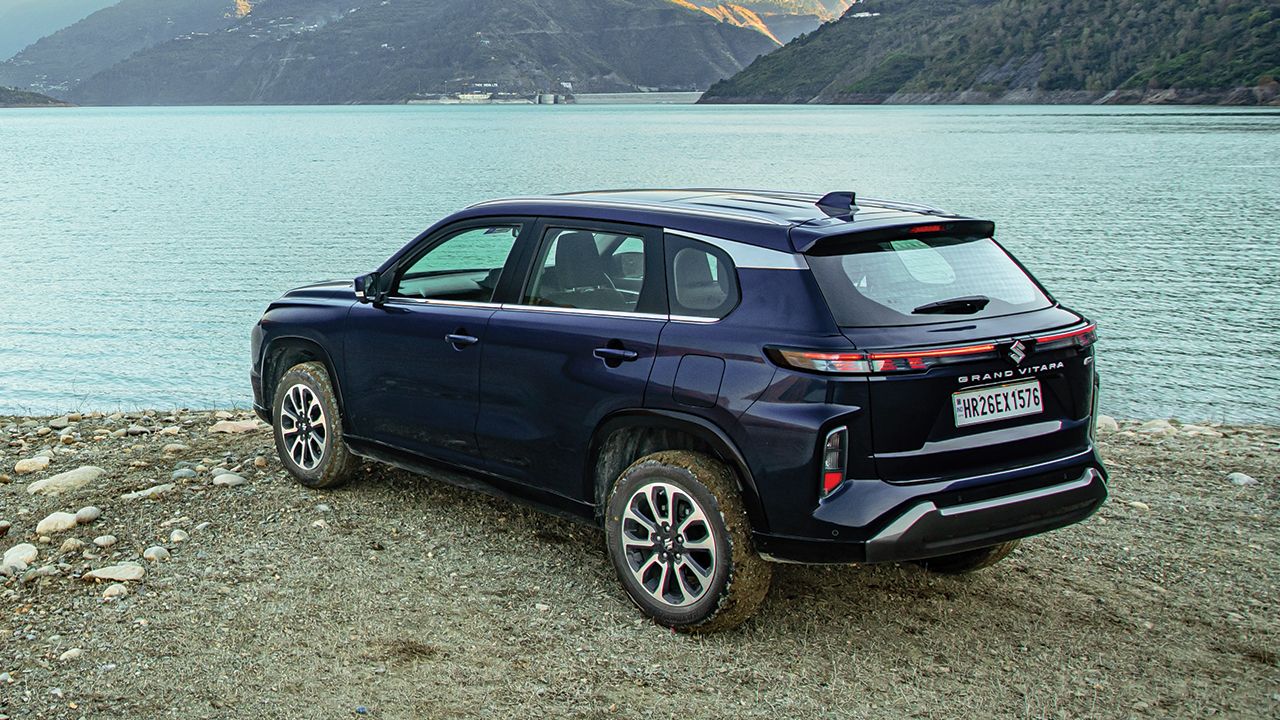
One of the strange phenomena in the Indian automotive market is the way people get obsessed with certain features, which forces manufacturers to integrate that feature into as many of their cars as possible, even if its use can be a potential safety hazard. If you haven’t figured out yet what I’m talking about, it is, of course, the dreaded and much-wanted sunroof. At first glance, you would think that a glass roof would enhance the interior appeal of the car with more light and give it an airy feeling, which it does, but you later realise that the extra glass area will make the interior hotter in the summer, which is longer in duration than the winter or autumn. I am facing the same issue in the Grand Vitara. Its sunroof lets in so much light, even with the blind closed, that the cabin becomes uncomfortably hot, forcing me to crank up the air-conditioning to compensate. Of course, I’m not going to go into the issue of children or even adults standing up with their heads out of an open sunroof, and the safety risk it poses because it would need much more space than I have available here.
Anyway, speaking about the Grand Vitara, heated cabin aside, the GV has been running flawlessly and delivering phenomenally low running costs while also being an excellent everyday runabout. On a recent holiday trip though, the smaller boot did cause a problem and, we had to store our luggage inside the cabin. That aside, the GV still remains a very strong case study for how Hybrids not only lower your running costs significantly, but are also good for the environment.
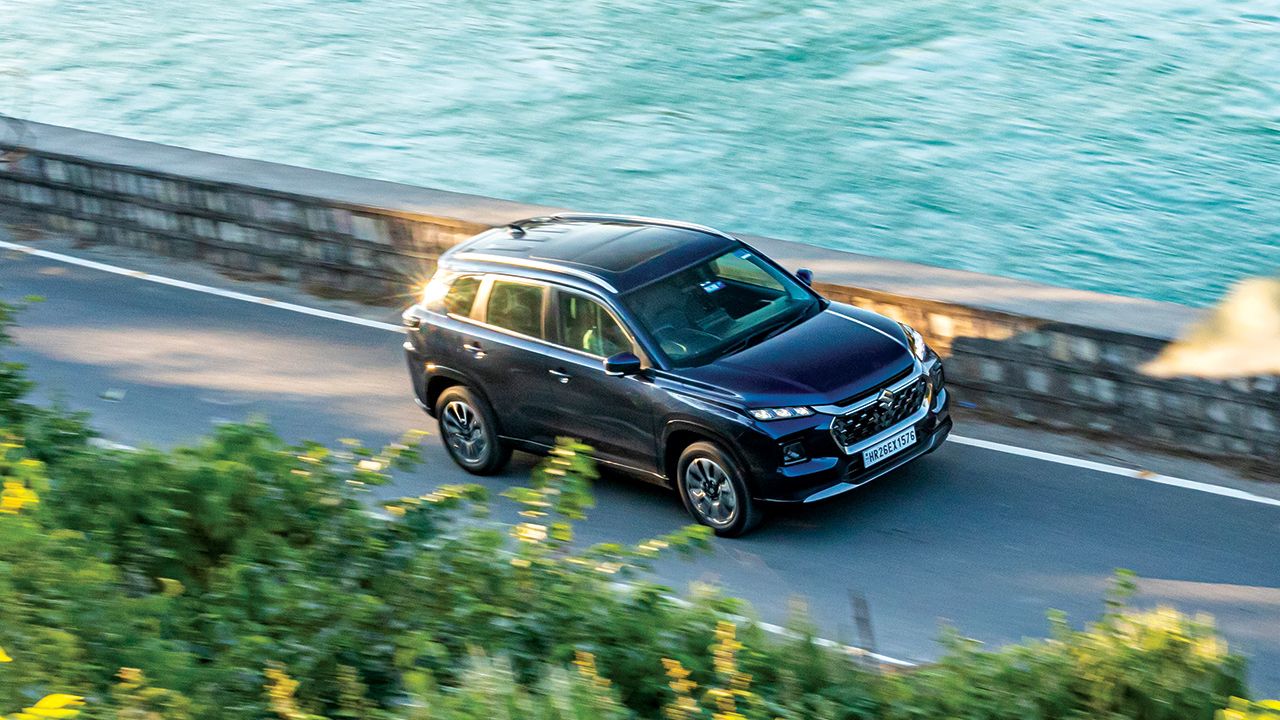
While Hybrid technology still remains relatively unknown in India, if my experience with the Grand Vitara is any benchmark, it should become increasingly popular at a very fast pace. And the core reason for that will be simple – unbelievably low running costs. With the Hybrid battery and system contributing to the driving, the load on the ICE engine is greatly reduced. In fact at slow speeds, the engine is actually shut off and the car moves using the battery in EV mode. And with that, the real gains are in urban commuting – which is 95% of my driving. Therefore, while using the SUV on a daily basis, I get between 23-24km/l, which means my running costs are nearly four rupees per kilometre!
Such low running costs mean that each tank of fuel sees me covering well over 700km, and the Grand Vitara can actually run over 1,000km on a single tank of fuel as long as you’re a careful driver. Of course, the efficiency gains are not that high when on highways, because the higher speeds mean the engine is used much more, but even there seeing 21-23km/l is common. Of course, with the Hybrid tech, there is one small issue that I have to tackle – reduced boot capacity. With a smaller boot, using the Grand Vitara for long journeys does need some compromise with either carrying less luggage or storing some of the luggage inside the cabin. But, seeing my healthy wallet, that’s a compromise I don’t mind making.
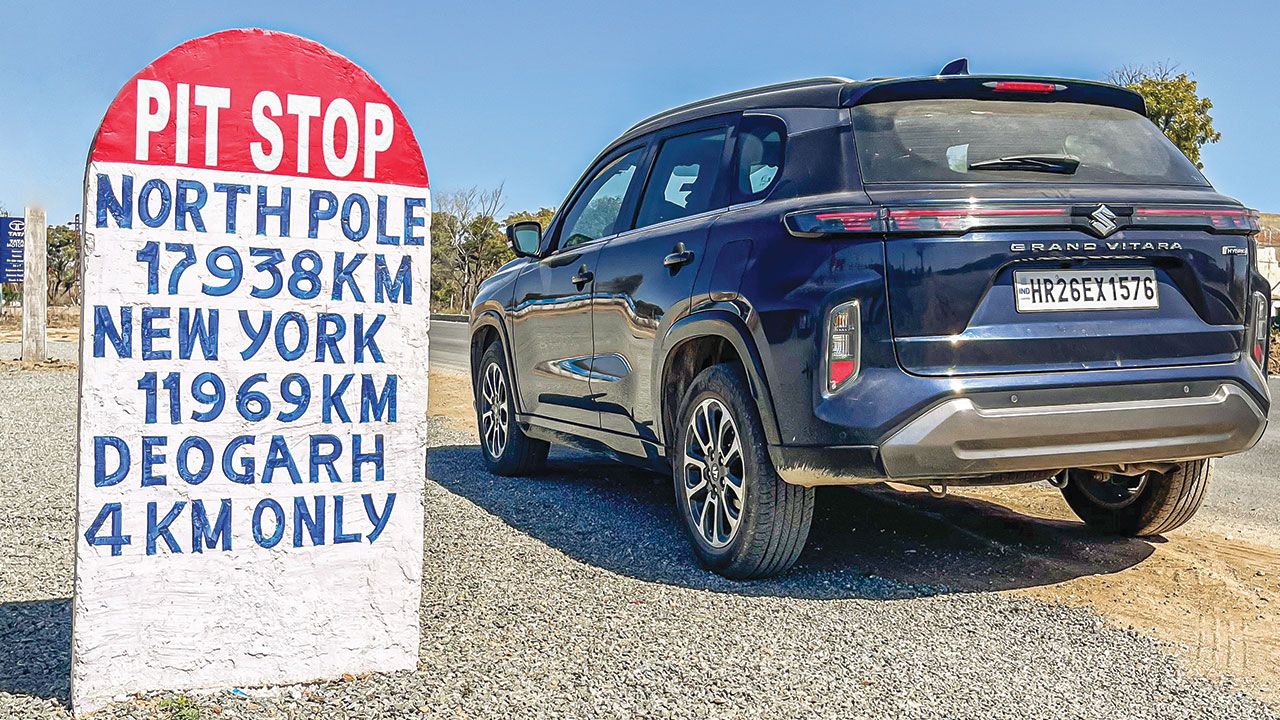
Your early 30s is the time when you either get married or are always attending marriages. So far, I have been lucky enough to be in the latter camp. And, in that regard, 2023 is turning out to be the year of record wedding runs for me. Now, going to an outstation wedding is also an excuse for a road trip. So, more than anything, that’s what keeps me motivated about this whole drill. Last month, I had to attend a friend’s wedding in Udaipur, which is around 670km from Delhi. I wanted to take my long-term Slavia but it only took a wild guess to realise that it would cost a bomb in fuel bills. So, I turned to Kapil and requested if he could spare the Grand Vitara for a week. Luckily, he did.
I had only one expectation from the Grand Vitara on this trip - save fuel & money. And it didn’t disappoint. It returned a phenomenal 21km/l (overall) after covering 1,400km!
What’s more, I was genuinely surprised with the ride comfort. It felt effortless all the time. Even the performance was more than adequate on highways. It was only only on the new Delhi-Mumbai Expressway that it felt a little stressed since I was cruising at 120km/h all the way. Overall, I’d say the Grand Vitara is the most complete SUV in its segment when you consider everything.
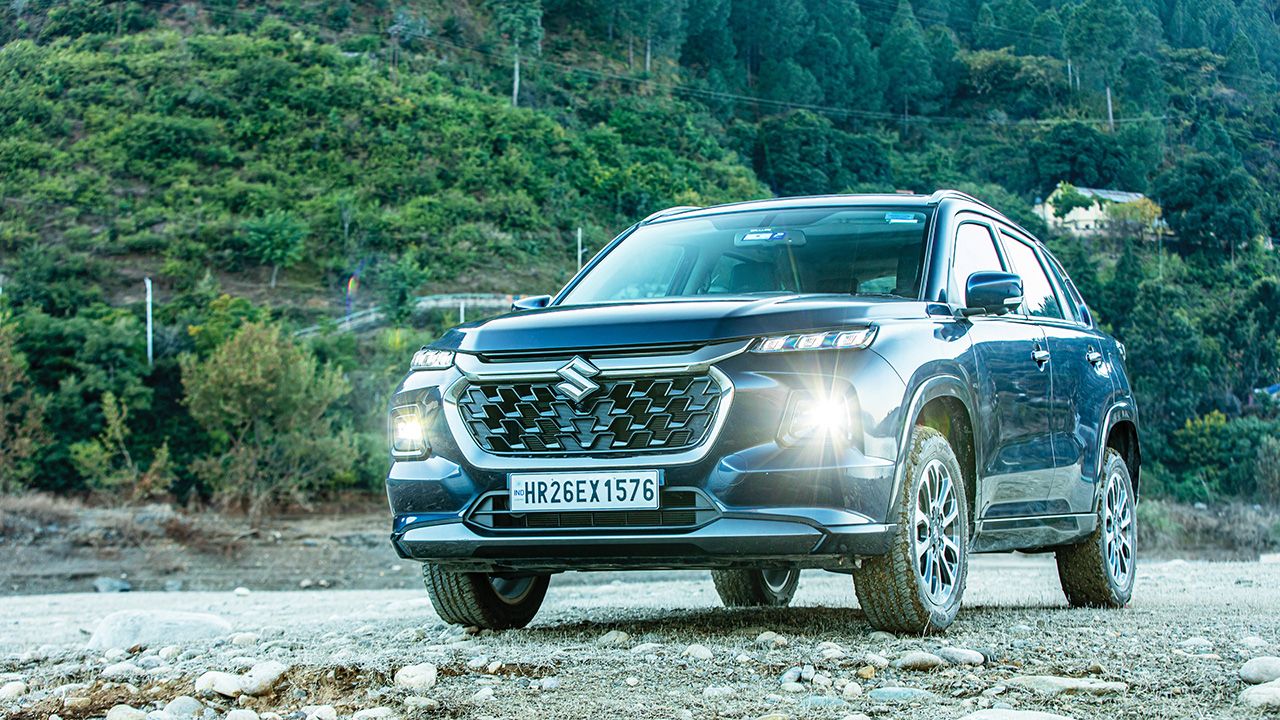
I had promised you my experience of the Grand Vitara’s interior – so here is how it goes. The interior is a pretty good place to be, and this not just me talking, but the wife and kids as well. The GV’s interior feels premium, the seats feel comfortable, and the overall ambience inside the cabin feels upmarket. All of this is further accentuated by the fact that the tech onboard works seamlessly. For example, while the Android Auto and Apple CarPlay experience is quite good, I want to reserve a special mention for the bluetooth system. You see, on most occasions I end up connecting my smartphone via bluetooth, and it pairs instantly. There’s no lag like some of the other systems I have experienced before. Then there are features like a panoramic sunroof or ventilated seats, which only up the overall premium feel. Everything is not hunky dory though. There is one bit that I found a bit weird. Everytime you brake hard, the Grand Vitara’s hybrid powertrain has this weird juddering effect that feels like the car will almost stall. It can feel quite unnatural, especially when you end up braking late for a sudden obstacle on the road. That’s all for this report. Next time around, we’ll talk about its highway capabiities.
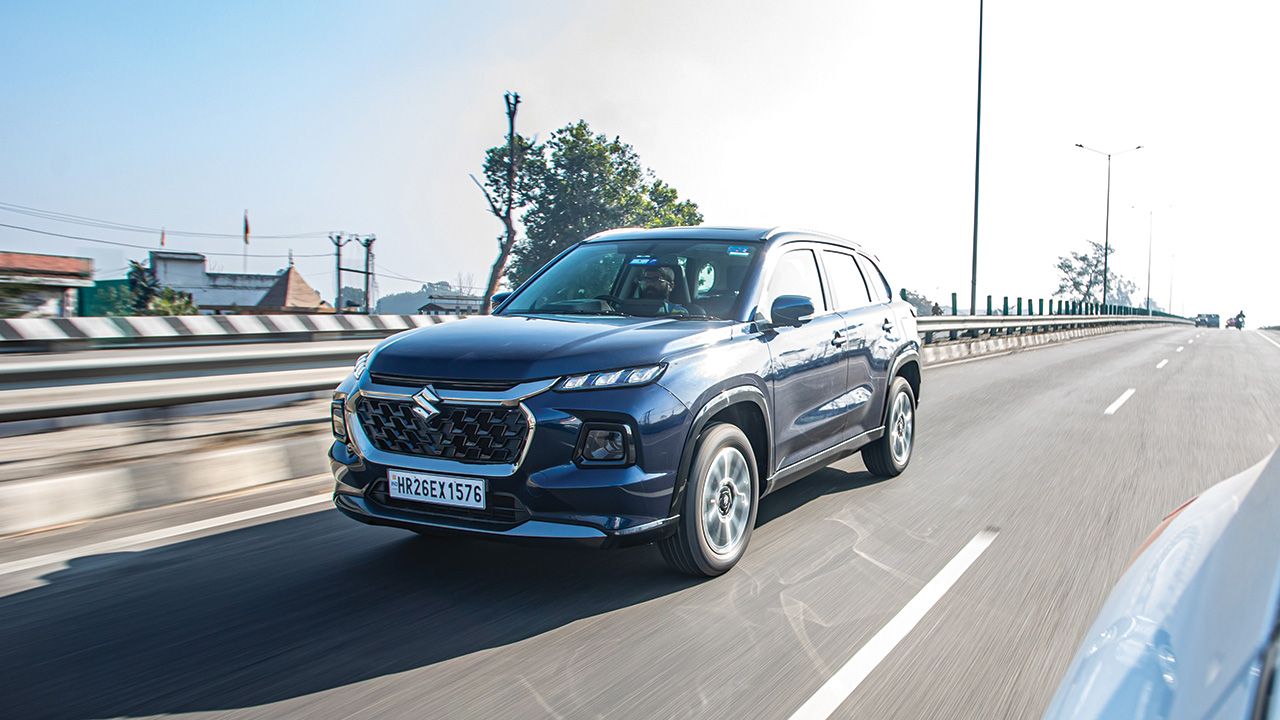
Everyone wants the Grand Vitara in office for one simple fact - the fuel efficiency is off the charts. I, however, like it for a different reason. It’s the first Maruti for me that truly looks premium. In traffic, you find onlookers impressed by its sharp, and somewhat butch-looking front end. And not just the exterior, but its interior too looks and feels upmarket. The Grand Vitara, then, is the first Maruti Suzuki for me that’s offering something different on the inside. Previously, stepping from one Maruti into the other felt no different. The fuel efficiency is no doubt out of this world, but I want to talk about braking. When the petrol engine is spinning, the braking feels assured and quite predictable - like most ICE cars. However, when the Grand Vitara goes into stealth mode at slow speeds, with only the electric motor propelling it, the braking feel changes and becomes mushy with literally no feedback. Honestly, it’s not the easiest job adapting to the braking feel of an EV, but when it changes like this in a hybrid, it becomes a bit frustrating at times. As for the interior, more on that in the next issue.

Hybrids have been around for over a decade in India, but they were always meant for deep-pocketed environmentalists. In 2022, though, things changed for the better, as hybrid technology got democratised, thanks to the arrival of the Honda City e:HEV and Maruti Suzuki Grand Vitara. While we’ve already tested both these cars extensively, we’ll now be living with one for months, as the latter has joined our long-term fleet.
So, how does living with a hybrid differ from an ICE-powered vehicle or an EV?
There are a lot of things to discuss, of course, but I’ll straight away jump to the most important part that concerns an average Indian car buyer – fuel efficiency. Now, this involves a lot of maths, so bear with me. My daily commute is 52kms, which involves highway driving, followed by choc-a-block traffic. In these mixed conditions, the Grand Vitara returned a phenomenal 21km/l.Trust me, I was not even trying to get such high numbers – I cruise at triple-digit speeds on the highway and am quite aggressive with my throttle inputs generally. I’m simply amazed, honestly.
Let’s now turn these numbers into money, and as you will see, it becomes even more impressive. On average, I’m now saving 196 bucks every day in comparison to when I was driving the Slavia 1.0 (11km/l). And based on my last month’s driving – which also included a short 600kms road trip apart from my daily commutes – my calculations suggest that I ended up saving roughly `7,000 in a month! In a year, it translates to `80,000 – 90,000. Now, you can say the Grand Vitara strong hybrid commands a hefty premium over the regular version, but if your monthly running is around 1,500 – 2,000kms, you will end up making up for the extra costs in a couple of years. With this kind of efficiency, a hybrid like the Grand Vitara can also rid you of your diesel fever, since there’s no uncertainty around its future. And, if you think an EV will have lower running costs, that’s true, but who’s got the time and patience to juice up a battery pack for hours?
Now, it all sounds brilliant for sure, but there are also some compromises you’ll have to make, which you may or may not like. More on this in the next report, so stay tuned.
Read more:
When it came: November 2022
Current odo reading: 16,120km
Mileage this month: 950km
Fuel efficiency: 23km/l
What’s good: Efficiency, comfort, design
What’s not: Boot space, performance


.webp)
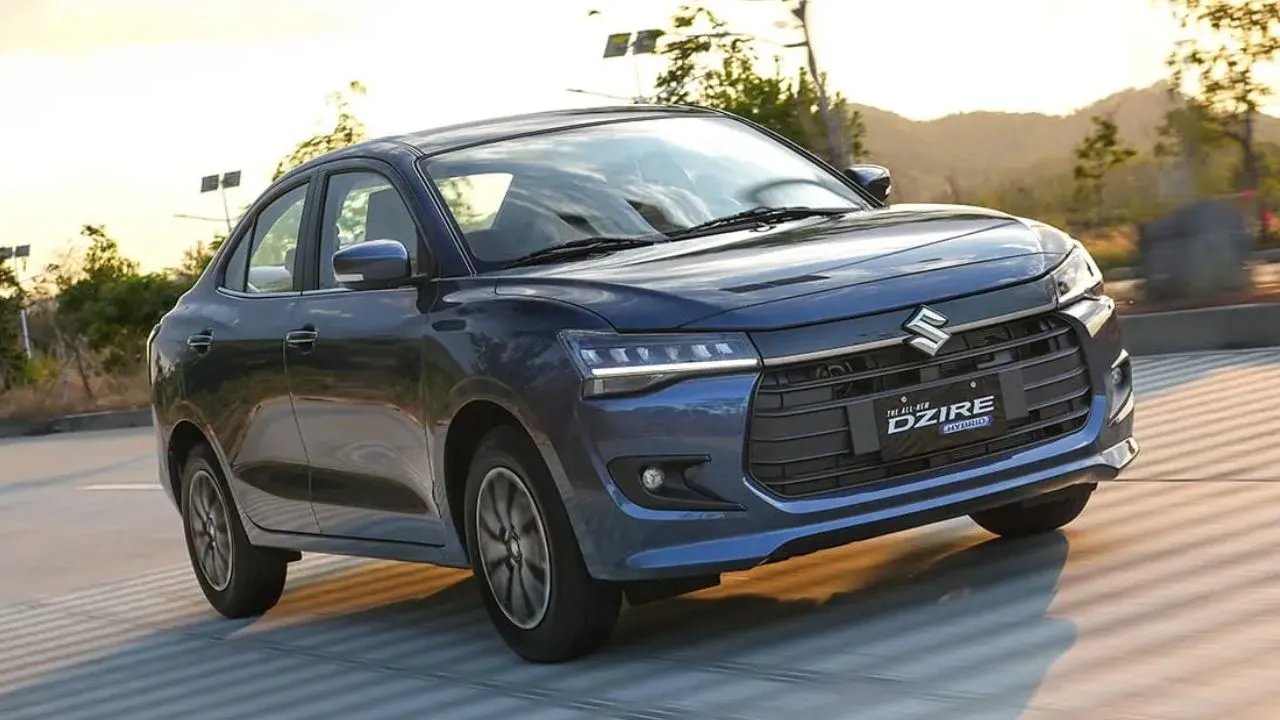
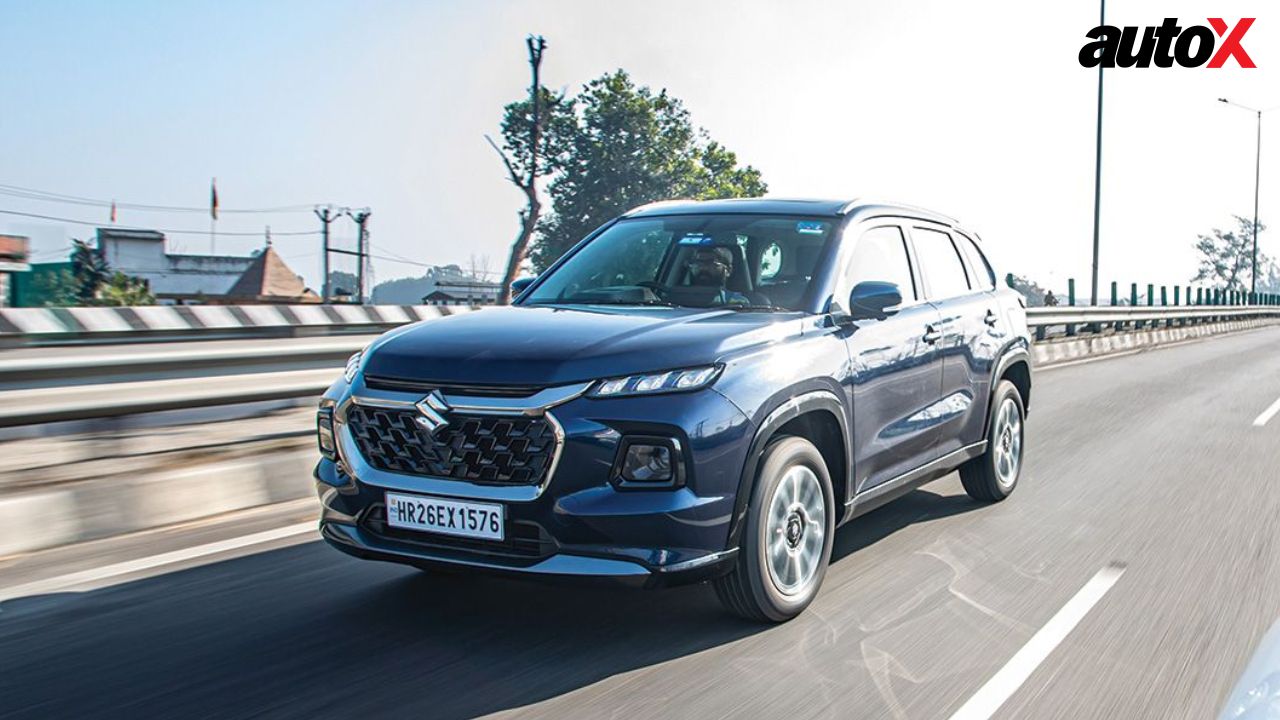






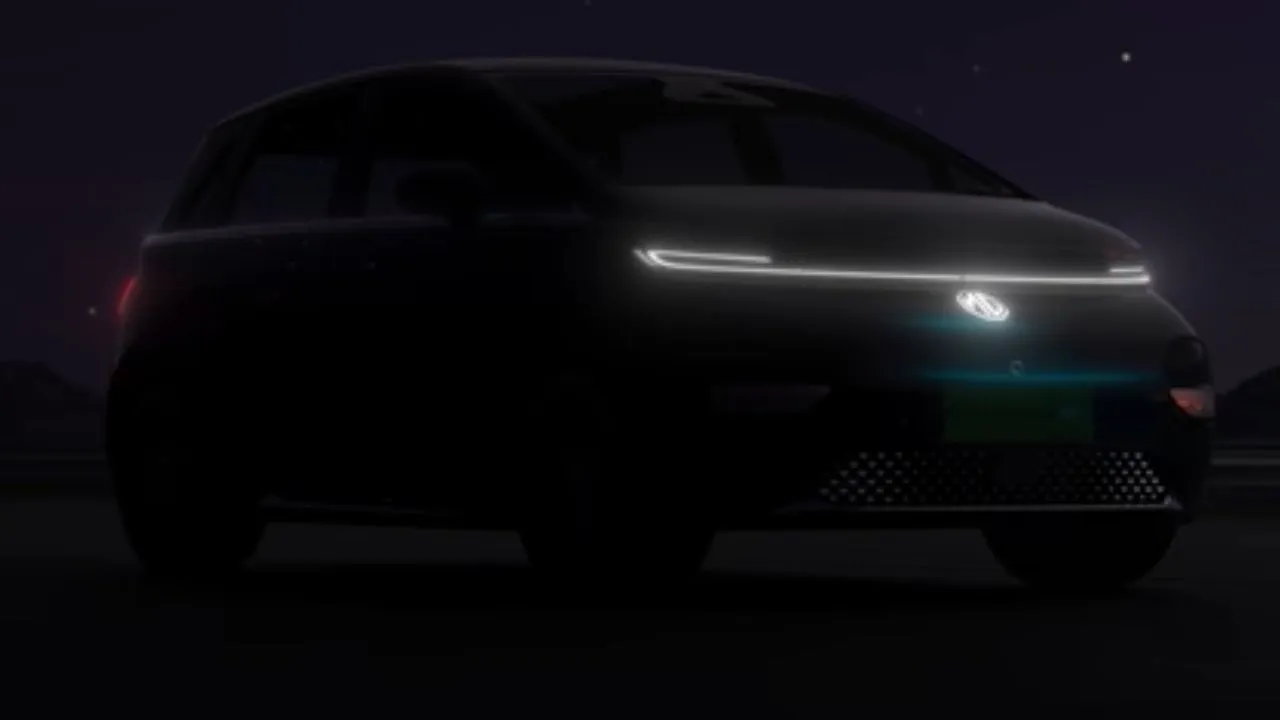



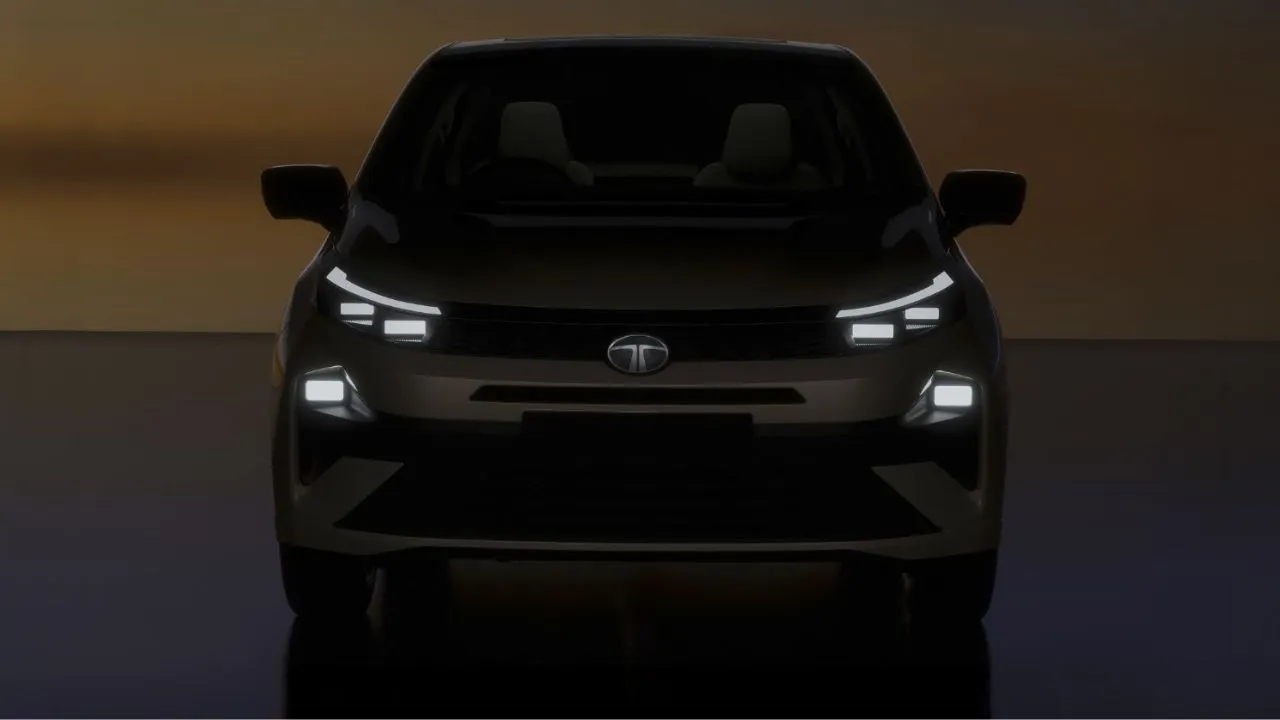
Write your Comment on